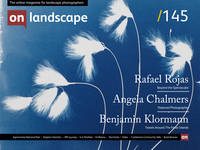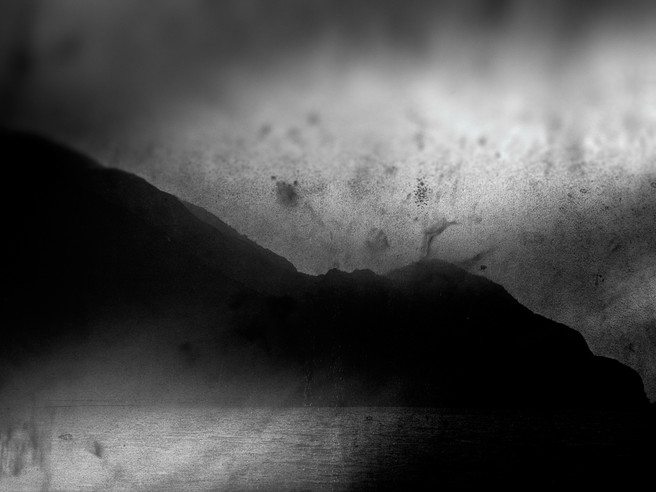Paul Gotts chooses one of his favourite images

Paul Gotts
Paul Gotts is an amateur photographer based on Merseyside. He has helped pull together three collaborative photo books showcasing the work of 18 different photographers. He also makes handmade books whether for himself or others, often for charitable causes.
After following the "End Frame" article for the last few years I was delighted when Charlotte Britton asked me whether or not I would like to make a contribution. Of course, most of the authors say how much they struggle to make a choice - I had no such struggle. However, all of them then manage to write coherently about their chosen image - this is where I have struggled, but there may be reasons for this.
My chosen image is one from Chris Friel (read our featured photographer interview with Chris)- the 5th photograph in the “Morning” section of his "After" book (JW Editions, 2017). I feel like a bit of a cheat choosing this photograph as a couple a years ago I would not have looked at this sort of thing, never mind bought the book. However we all change and for me, this image brings together the North West Highlands of Scotland, a quality hard copy book and an exquisite, dramatic but unclear view – what could be better?
In summarising some of her key photographic influences, Valda Bailey’s words about the images of Chris Friel seem to hit the nail on the head;-
"I love his lightness of hand and the ease with which his images seem to come together. His work is never laboured and he always appears fresh and innovative." ~ Land | Sea One (Triplekite / On Landscape, 2014)
I couldn’t agree more. The background to the 48 black and white images in the “After” book could scarcely be more poignant – the series was taken in a single day shortly after Chris lost his son, Joe, when he took his own life after a long struggle with mental illness. The photographs are from the Outer Hebrides in memory of happy times Joe had spent there. Chris recounts the images being made while thinking of Joe and “weeping in the rain”. This context makes many of the words one might normally use to describe a photograph very difficult and often trite.
The book is split into three sections dealing with “Morning”, “Afternoon” and “Evening” – my chosen image is the fifth of the “Morning” section, is shot in landscape and covers one and a half pages of the book. It looks like everything has been shot through a blurry lens particularly at the left and top of the frame where it could be a curtain or eyelid coming down and in so doing frames other parts of the image.
I am always asking myself the question of would I like the image so much if the circumstances leading to the book had been different? More fundamentally, is the personal life of an artist in any way related to what their art means to the viewer? In the end, this is only for the viewer to decide and shouldn’t I simply recognise that this image is one of many in the book which resonates really strongly in me and I am forced to return to it time after time – isn’t that enough? Perhaps I should cut down on the analysis and just continue to be moved by the image.
An online version of the book with some text is here: www.cfriel.com/after/book
The book was published by Joseph Wright
All the images from the book will be on show as part of this exhibition which runs until 4th November at An Lanntair is a hub for creativity and the arts in the Outer Hebrides lanntair.com/events/event/hyperborea/
Do you have a favourite image that you'd like to write about? We're looking out for new end frame submissions for forthcoming issues, so please get in touch.


